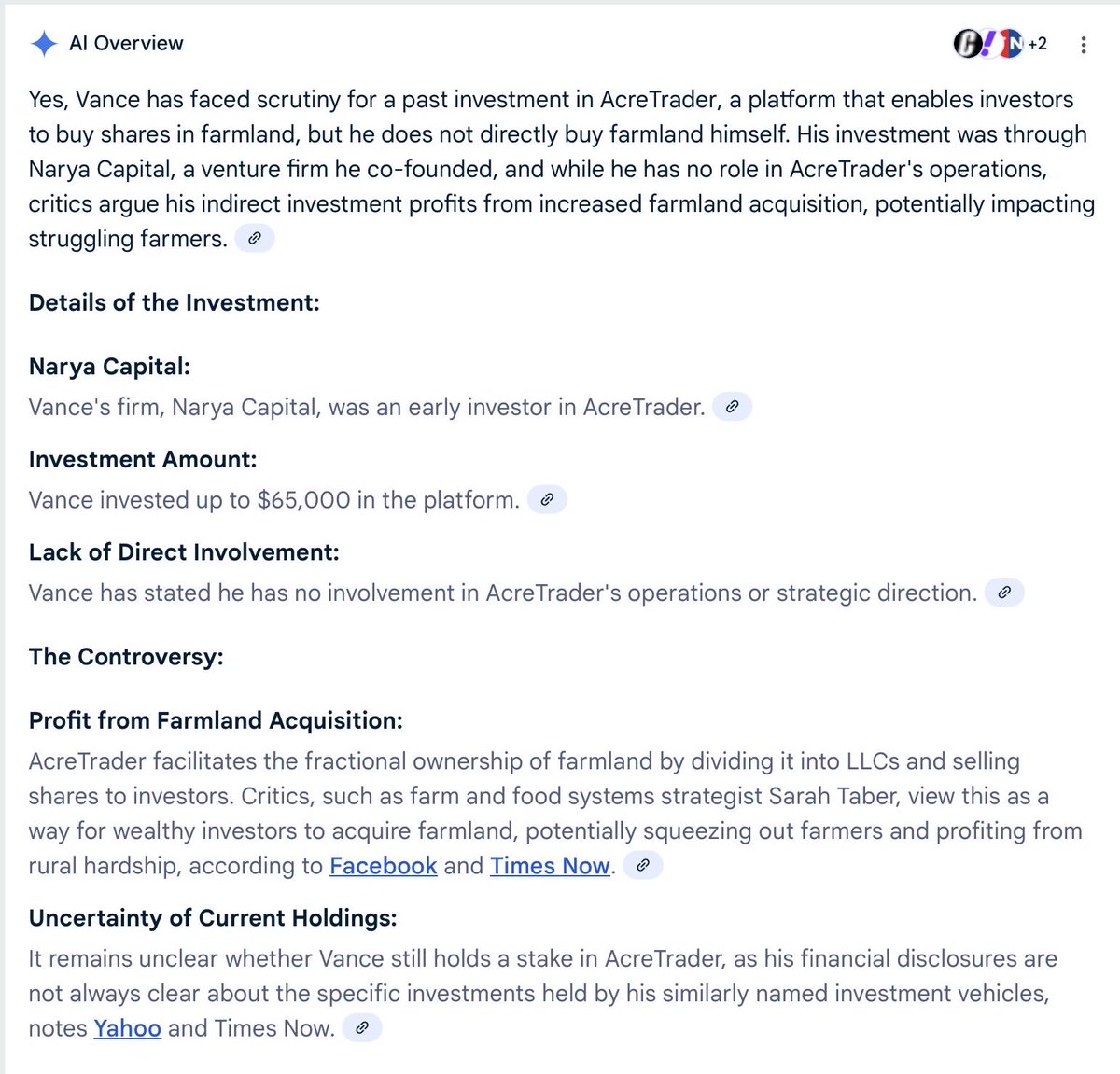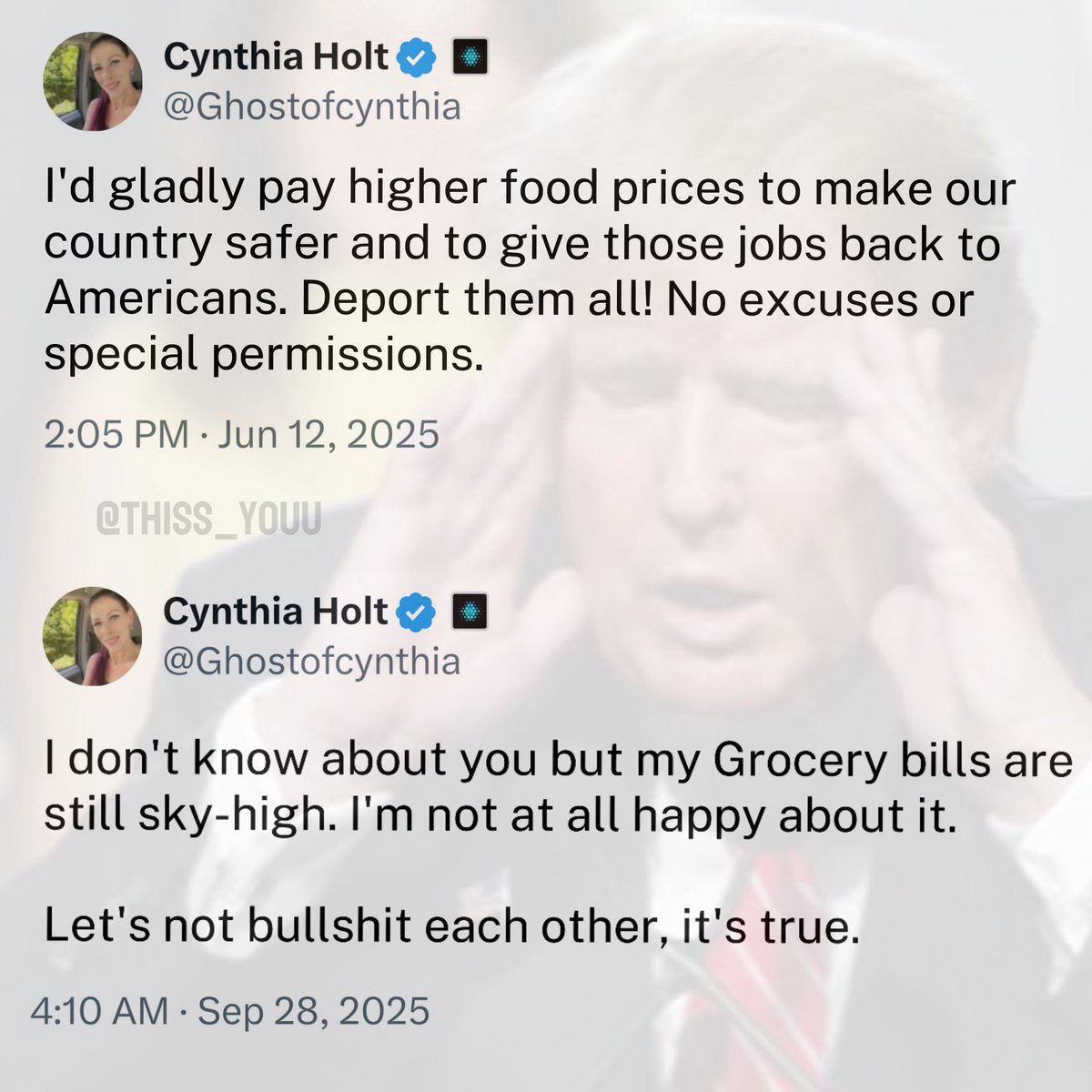America’s Soybean Farmers Are Panicking Over the Loss of Chinese Buyers
China hasn’t booked any U.S. soybean purchases in months; farmers warn of ‘bloodbath’
By
Patrick Thomas
Oct. 7, 2025 7:30 pm ET

U.S. soybean farmers are facing financial strain.
American soybean farmers are in panic mode as they harvest what is expected to be a bumper crop without their biggest customer: China.
“We’ll see the bottom drop out if we don’t get a deal with China soon,” said Ron Kindred, who farms 1,700 acres of corn and soybeans in central Illinois. “There doesn’t seem to be any urgency on China’s side, and more urgency coming from the farm community in the U.S.”
Kindred is about halfway through harvesting this year’s soybean crop. He has a contract to sell about 40% of his harvest, but the other 60% is a gamble. Prices in his area are already dropping, he said.
Rising costs for equipment and fertilizer, and a glut of corn and soybeans, were already squeezing farmers’ balance sheets. Congress in December passed a $10 billion bailout for farmers. The Trump administration is considering allocating an additional $10 billion to $14 billion to farmers to help mitigate fallout from this year’s trade battles, The Wall Street Journal has reported.
President Trump said at the White House on Monday that he was “going to do some farm stuff this week” to help growers cope with the loss of exports to China.
Trump is expected to meet later this week with Agriculture Secretary Brooke Rollins to make a final determination of where the money for a farmer bailout should come from, according to a White House official. The president and his team are considering the use of tariff revenue to fund much of the aid.
An Agriculture Department spokesman said the president is using all tools available to ensure farmers have what they need to continue their farming operations.

China hasn’t booked any U.S. soybean purchases in months, making the oilseed a potent weapon in Beijing’s trade fight with Washington. From January through August of this year, Chinese buyers purchased just over 200 million bushels of U.S. soybeans, compared with almost 1 billion bushels over the same period last year.
China accounted for more than half of the $24.5 billion of American soybean exports last year. Most of the soybeans China imports are for animal feed. Over the past few years, the country has increasingly turned to South America, buying beans grown in Brazil and Argentina.
Seeking ways to reduce U.S. farmers’ reliance on China, Kindred has traveled to Vietnam and the Philippines to try to persuade their livestock farmers to buy more American soybeans. “We can’t replace that market overnight,” he said. “But we’ve got some success stories in recent years.”
The next two largest buyers of American soybeans—the European Union and Mexico—account for about $5 billion in combined annual sales. Countries such as Vietnam, Egypt and Bangladesh have increased their purchases of U.S. soybeans in recent years, but it isn’t enough.
Across the Mississippi River from Kindred, an Iowa soybean grower, Morey Hill, has traveled to Cambodia several times this year, and as recently as last week.
During his most recent visit, Hill spoke to a roomful of importers and local farmers about the techniques American farmers use to help produce 4 billion bushels of soybeans annually. He has traveled in a bus packed with U.S. farmers down narrow roads into rural Cambodia, where the landscape is dotted with half-acre ponds used for fish farming.
Hill explained how local producers can raise better-quality, fatter fish by switching to protein-packed American soybean meal as feed, rather than using the traditional, cheaper “fish meal,” composed of ground-up smaller fish.
In November, Hill plans to travel to Morocco to pitch local chicken farmers on American soybeans for poultry feed.

Hill, like thousands of other U.S. farmers, started growing more soybeans about three decades ago, switching from hay. Genetically engineered Roundup Ready soybeans, coupled with surging demand from China, enticed thousands of farmers like him to increase their soybean output. Soybean acreage in the U.S. grew nearly 40% from 1995 to 2024, according to Agriculture Department data.
This fall, Hill plans to keep his recently harvested soybean crop in storage rather than selling it.
“There’s no incentive to sell right now,” he said. If a deal with China isn’t reached soon, Hill said, the soybean market “might be a bloodbath.”
Robb Ewoldt, an Iowa farmer, at the beginning of this year traveled to Rome, where he spoke with a large Tunisian poultry producer. The company wanted to know if it could reliably count on buying U.S. soybeans each year or if farmers would transition to another crop, shrinking the supply and potentially raising prices.
Countries such as Tunisia are base hits, not a home run like China, Ewoldt said. Creating new markets helps over time, but if U.S. growers can’t sell their beans soon, Ewoldt worries about getting enough cash to finance his farm.
“Our operation takes almost a million dollars of cash for a year,” he said. “You’re hoping you’ve got about $1.3 million to cover debt costs and have something to live on.”
Farming’s recent economics are bad enough that some are already calling it quits. Dean Buchholz, a corn and soybean farmer in DeKalb County, Ill., said his fertilizer costs are up 20% to 30% from last year. Because of rising costs, low crop prices and some health concerns, this will be his last year farming, he said. He plans to rent out his land next year.
“I always thought I would farm till they threw dirt on top of me,” Buchholz said. “I can’t make it work to where it would be practical to keep going without me spending a boatload of money and keep putting myself into more debt.”










































 fuck yall
fuck yall




 that's a smiley
that's a smiley

